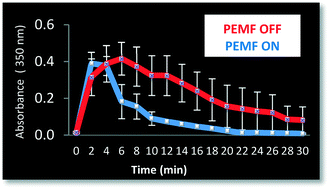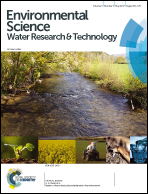The influence of electromagnetic fields from two commercially available water-treatment devices on calcium carbonate precipitation
Abstract
The marketing and implementation of commercially available pulsed-electromagnetic field (PEMF) devices to, ostensibly, control scaling in processes such as reverse osmosis (RO) and cooling-tower installations, is based on the notion that such devices enhance the coagulation of inorganic particles such as calcium carbonate. In order to provide a scientific basis for such claims, the precipitation characteristics of calcium carbonate under the influence of the PEMFs from two commercially available devices has been investigated under controlled conditions. Thus the rate and profile of calcium carbonate precipitation in the presence and absence of PEMF exposure of parent calcium nitrate and sodium carbonate aqueous solutions was tracked, in parallel, by UV absorption at 350 nm and by turbidity measurements. The morphology of the corresponding crystalline precipitates was also assessed using SEM. From these studies, is apparent that exposure of the parent solutions to the PEMF from one of these devices, but not the other, can influence both the profile of calcium carbonate precipitation and the morphology of the resulting microcrystals, consistent with enhanced particle coagulation.



 Please wait while we load your content...
Please wait while we load your content...